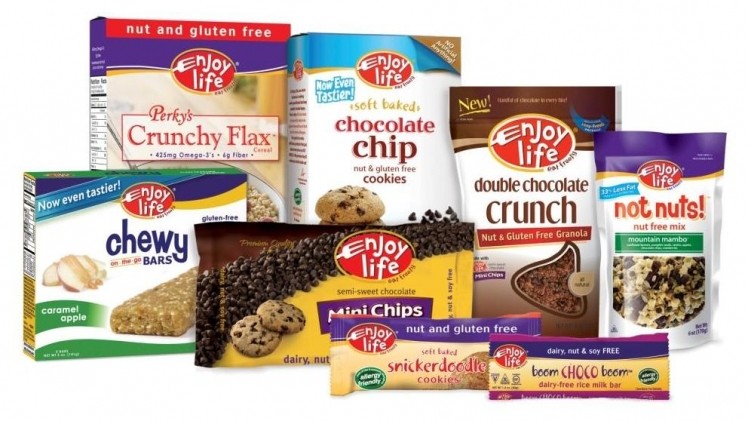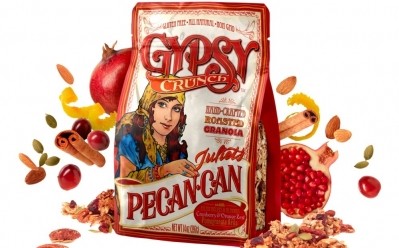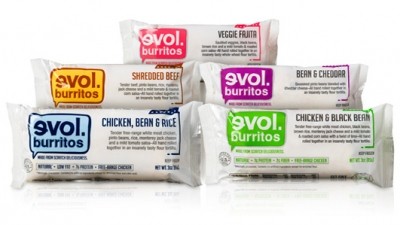Consumers demanding more ‘free’ foods

Avoiding certain foods or ingredients is nothing new, but food avoidance is on the rise, with tens of millions of Americans shunning one edible or another. In 2013, 52% of US consumers reported watching their diet and choosing “free from” products (i.e. without fat, sugar, gluten, or other ingredients); in 2004, that figure was just 28%.
Howard Waxman, author of the Packaged Facts report “Food Formulation Trends: Ingredients Consumers Avoid,” spoke with FoodProductionDaily about the food avoidance behaviors consumers are picking up, and how such habits are impacting the food processing and packaging industries.
What are some of the most notable ingredients and categories consumers are avoiding?
Gluten tops the bill, while wheat in general has become a food to be avoided.
Avoidance of genetically modified ingredients (abbreviated as either GM or GMO) is another trend that appears to be growing in the US and is already well established in Europe.
Avoidance of artificial additives in foods in another growing trend. This would include artificial sweeteners as well as colorings.
What are some of the most recent ingredients that consumers are avoiding?
In the last few years, gluten has become a source of concern for many consumers beyond the core number of 3m to 4m Americans who actually suffer from Celiac disease and who must avoid gluten. Millions of consumers have come to suspect they have a gluten intolerance, even if they don’t have Celiac disease.
In addition, the millions consumers who have come to believe wheat has a negative impact on their overall health are turning to the gluten-free products because they know they will be wheat–free by definition and because of unsubstantiated assumptions that gluten free products are always healthier and can also help them lose weight. In fact, it is these components of the population that are driving the rapid growth in sales of gluten-free products, more so that the Celiac sufferers, themselves.
The theory modern wheat is the source of many health problems, summarized as the “wheat belly” issue, has encouraged many consumers to eliminate wheat from their diet; this is beyond the small number of Americans, under 2m who are actually allergic to wheat. The wheat-free diet has benefited many consumers since it is essential a low-carbohydrate diet, which many nutritionists believe is a more important way to eat healthy than by avoiding calories.
Genetically modified ingredients, primarily those made from corn that has been genetically modified, are common throughout the processed foods found in our supermarkets and groceries. One of the biggest controversies today is whether foods made with GMO ingredients can be labeled as natural, with the food industry generally insisting there is nothing unnatural about genetic modification and food activists taking manufacturers to court seeking a determination that it is.
Concerns about GMOs and about artificial ingredients of all kinds have lifted sales of “all natural” foods, despite the controversy, and more especially of organic foods, the only segment of the food supply that can reasonably be trusted by those seeking genuinely “free-from foods.
Concerns over the long-term negative health impact of artificial ingredients have long troubled natural and organic food enthusiasts, especially those with young children who they feared were more vulnerable to any potential harm from the chemical dyes, etc. so common to processed foods. This concern has been spreading to mainstream consumers.
For those who have been replacing sugar with artificial sweeteners, there is a growing movement to go back to natural sweeteners in the form of calorie-free, plant-derived ingredients such as stevia.
Are there any ingredients that people are less inclined to avoid than in the past?
At present it does not appear that there is a swing back to any of the traditional avoidance foods or ingredient. However, there have been studies released indicating that the negative rap against saturated fats has been exaggerated and we may see a comeback in their use.
Also, the sweetener industry, specifically the manufacturers of high-fructose corn syrup, are being proactive in trying to stem a rejection of HFCS as an ingredient deemed artificial and hence rejected as consumers opt for natural sweeteners.
How can food firms connect with consumers on “free from” products?
The numbers of consumers with free-from concerns is on the rise but still not a majority by any means. Nevertheless, food trend-setters do eventually influence masses of consumers and so marketers aiming to get ahead of the curve, like General Mills and Post with their GMO-free cereals, need to use all available means, from front of packaging messaging to social media, to establish their bona fides.
Finally, how can food firms and packaging partners use the information in this report to benefit their businesses?
Packaged Facts aims to provide a combination of data-driven information as well as the informed opinions of its authors. We report factual data from sources such as measured sales figures and government health reports and look at it through the prism of our many years of experience watching the often-contradictory behavior of the American consumer.
We identify emerging trends and look down the road to where we perceive the next trends are likely to come from. In this respect, our reports point out the directions in which food firms and packaging companies should be looking in order to stay ahead of the curve







